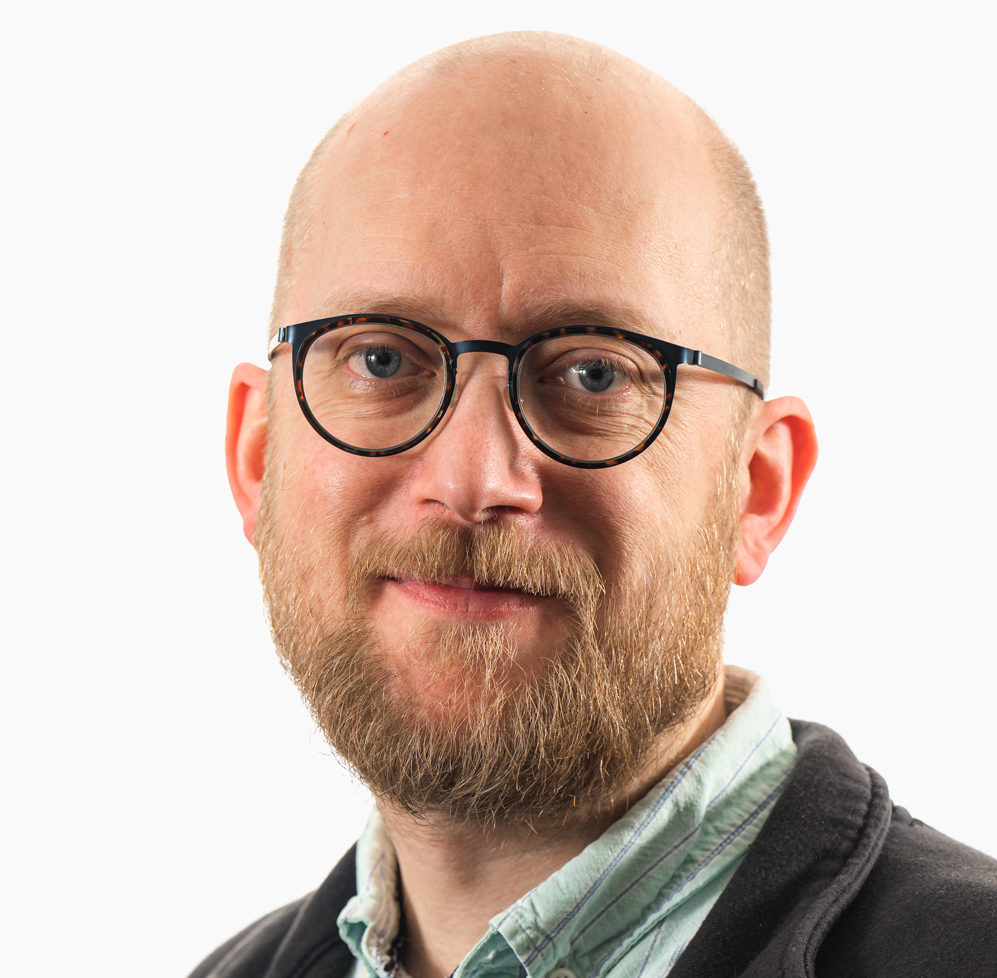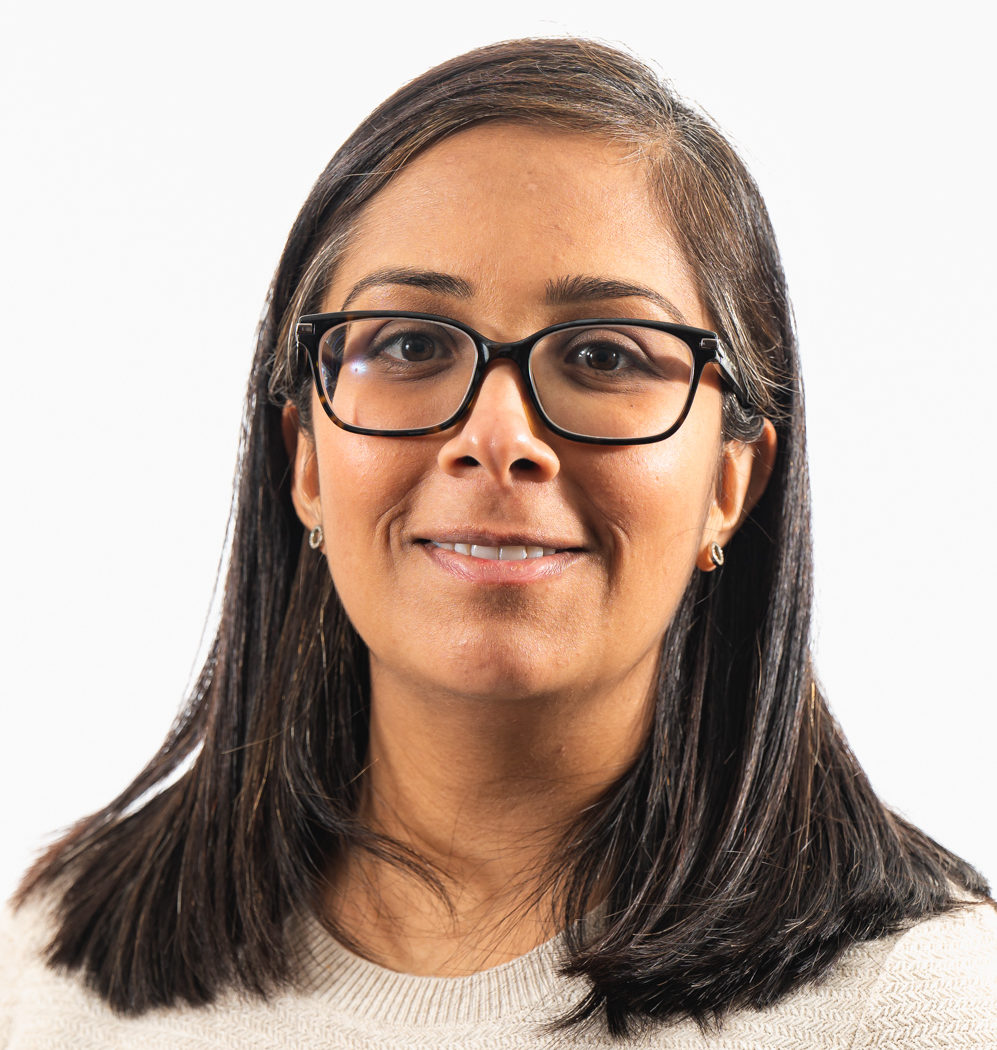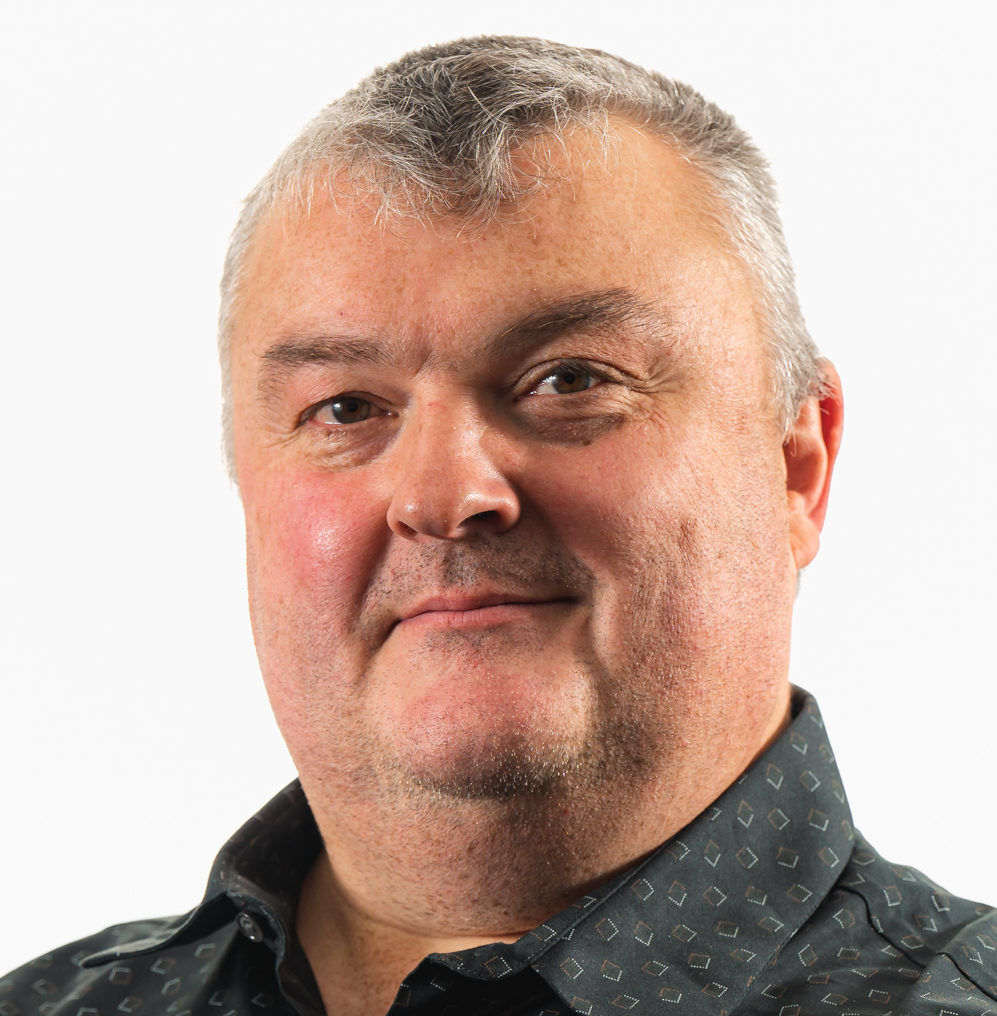Prediction to patient
The drug discovery journeyWe believe that effective treatments for rare diseases cannot be discovered without the help of patients, their carers, or representatives from patient groups.
Here we’ll look at how essential they are throughout our entire drug development process. Look out for the rare disease symbol along the way which highlights key information for patients, showing how they impact each stage of drug development.
Treatment discovery
Before the hunt starts for new potential treatments, we have to understand the target disease, including:
Analysing a disease involves looking through a lot of literature, like scientific research, patient registry, natural history and disease biology data.
Artificial intelligence reduces how long this process takes by rapidly scanning lots of pieces of information and data, and pulling out interesting connections between disease symptoms and possible treatments.
These connections are then reviewed by our expert team of pharmacologists who seek to identify which drugs could treat a disease most effectively.
Patients have a unique expertise regarding their condition and treatment: only they know what they really experience. We’ll often work closely with key patient organisations within the disease area to learn about their conditions, helping us get a picture of the most critical unmet need, key drug development resources and research groups working in the condition. They also often play a key role in gathering and contributing to this data, and participation from their community (patients and caregivers) are vital to this work.
Our AI platform Healnet is able to quickly ingest the vast volumes of literature - something that would take around 300 years if you were going to read it all.
By the end of the discovery phase, we’ll typically have between 10-20 potential drug candidates.

Dan O'Donovan, PhDOur in-house AI platform, coupled with our unique data sources and the invaluable data supplied by patient groups, reduces a list of 15k possible drugs to 100 likely candidate treatments. This process allows our preclinical team to focus on the drugs that matter most, and using their expertise they'll select the best 10-20 candidates for preclinical testing.
Preclinical testing
Preclinical testing involves testing a drug in cell cultures and models before it’s tested in humans during the clinical trial phase.
These in vitro and in vivo studies will reveal if the drug will likely be effective, safe, and uncover what (if any) side effects it may have.
Following testing, we’ll have one or more lead drug candidates or combinations to take to clinical trials.
For our fragile X trial, we’ll be trialling several different compounds with the ultimate aim of finding a combination therapy with synergistic effects.
Appropriate preclinical models for rare disease can be scarce so we often work with patient groups to identify the most appropriate models for testing.
Some organisations have - or fund the development of - these models. For our fragile X programme, we worked closely with the FRAXA Drug Validation Initiative (FRAXA-DVI) to test our fragile X candidates.
Once the drug substance is selected, the molecule is characterised for the start of drug product development experiments as part of Chemistry, Manufacturing and Controls (CMC) activities. A clear understanding of the patients’ needs and drug physicochemical properties is critical in driving the development of a treatment that is fit-for-purpose. For example, if the patient population often struggles with swallowing, then we may consider developing a patch or syrup rather than a tablet or capsule to improve patient experience.
Throughout the drug product development journey, the manufacturing processes are optimised, analytical methods are validated to monitor the product quality and stability, and the behaviour of the product in various stress conditions is established. This is so we can control critical parameters during manufacturing to ensure that the drug product being made is stable and of high quality. It needs to be made in a reproducible and consistent manner, and meet safety, quality and consistency criteria whether it is batch 1 or batch 1001.

Meera Raja, PhDThe preclinical phase is where we test whether drug predictions work in the disease cell or animal models. Models that are representative of the disease can be challenging to find when working in rare diseases, so building strong relationships with key experts and patient groups is crucial - their insights can help steer our programmes.
Clinical trials
This is the point where patients and patient groups are most essential. Trials are necessary to evaluate the efficacy and safety of the drug in humans.
The length of time a clinical trial can take varies considerably, with some taking a few months but others years.
There are many challenges to overcome when running trials.
Two of the main ones are
It can be difficult to effectively match rare disease patients to trial opportunities due to their relatively low numbers and sparse distribution around the world (trials are often limited to only a handful of locations). Novel methods like decentralised trials are helping to overcome this challenge.
Many rare diseases lack validated trial outcome measures that can be used to reliably demonstrate meaningful benefit of the potential new treatment in patients. In addition to demonstrating clinical effectiveness (e.g. survival, physiological improvements), the potential treatment should also demonstrate benefit as experienced by patients which are evaluated through quality of life (QoL) and patient-reported outcome (PRO) measures.
Patients’ efforts in raising disease awareness and sharing resources with different stakeholders (nurses, physicians, patients in your community) are paramount.
Industry consults with patient groups for their input on the trial protocol to confirm whether the outcome measures are meaningful and relevant. For example, are the timelines realistic? Can they foresee any issues for patients to participate and continue in the study?

Zsuzsanna Tamas MD, PhDPatients and patient groups are vital during the clinical trial phase. Usually, more than one clinical trial is necessary to confirm that the drug is safe and efficacious. Recruiting patients can be difficult, so specialised hospitals and centres with an experienced team, patient registries and reliable diagnostic methods are so important.
Regulatory approval and access
The final and very important last step.
Companies submit a New Drug Application (NDA) or Marketing Authorisation Application (MAA) containing all the data gathered during preclinical and clinical studies of the potential new treatment. Every region has its own process and organisations to handle the applications. We typically approach the US Food and Drug Administration (FDA) and the European Medicines Agency (EMA).
The regulatory agencies evaluate these applications, looking through all the data to assess the safety and effectiveness of the drug or drug combination.
Before patients can finally access a new medicine, the product may need to go through a process called Health Technology Assessment (HTA), depending on the drug reimbursement systems in place in the country where they live. HTA uses explicit methods to determine the value of a medicine at different points in its lifecycle.
The purpose is to inform decision-making in order to promote an equitable, efficient, and high-quality healthcare system.
In 2012, the US Food and Drug Administration (FDA) established the Patient-Focused Drug Development (PFDD) initiative to gather patient perspectives on specific diseases and their currently available treatments.
Their aim is to provide key stakeholders - like the FDA, patient advocates, researchers, drug developers, healthcare providers - with a platform to hear patient perspectives on treatment benefits and how they want to be engaged in the drug development process.

Richard HuckleOur regulatory strategy is critical in providing rare disease patients access to safe and effective treatments. For a new drug to gain access to the market it needs to meet manufacturing standards, have an acceptable safety profile and proven efficacy for its indication. Additionally, it has to demonstrate a positive benefit–risk balance.
Treatments available to patients
As you can see, the journey a drug takes to get to patients is long. It often takes around 12-14 years, and the industry average that a drug will actually make through from beginning to end is only 5%. However, at Healx, we’re using artificial intelligence to pioneer the next generation of drug discovery to dramatically improve those chances.
We hope you found this useful. Check out our Community Engagement page for more educational content.
References
www.healx.ai
www.statista.com/statistics/732997/number-of-registered-clinical-studies-worldwide/
www.fda.gov/patients/drug-development-process/step-3-clinical-research
www.translational-medicine.biomedcentral.com/articles/10.1186/s12967-016-0838-4
www.pubmed.ncbi.nlm.nih.gov/29255791/
www.fda.gov/drugs/development-approval-process-drugs/cder-patient-focused-drug-development
